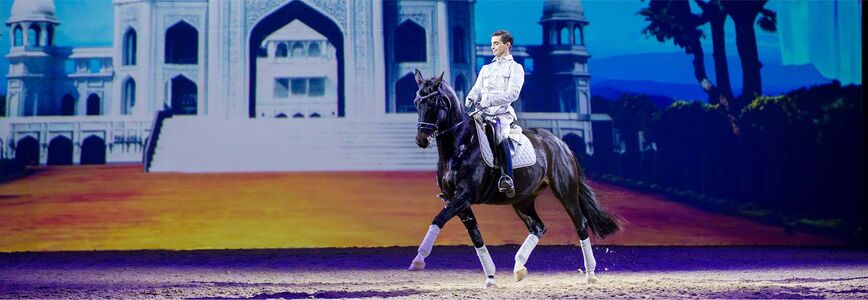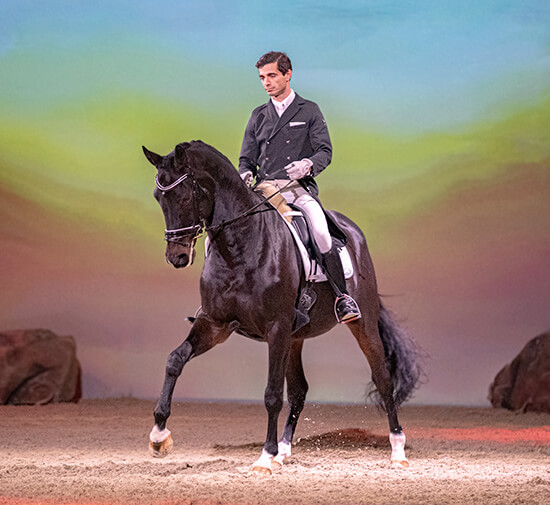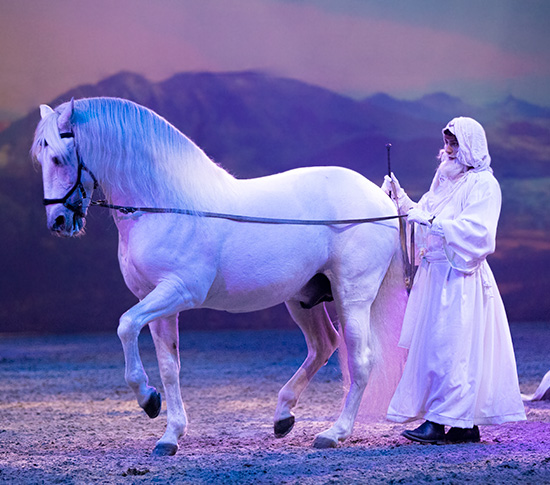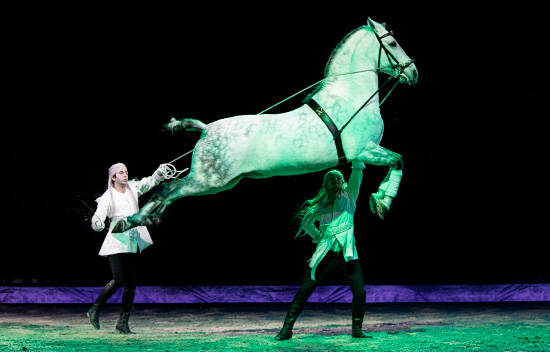
It is the most widespread in Europe: The English way of riding. It is also called classical dressage.

What is classical dressage?
Classical dressage - or English riding - is the most widespread form of dressage in Europe. It consists of different classes and lessons and, ridden to perfection, is a real feast for the eyes, even for non-riders.
The aim of classical horsemanship is to train and gymnastise the horse so that it is good and easy to ride. Another goal is to build a trusting relationship between rider and horse. The basics of the horse's anatomy, psychology and physiology are used individually to develop the horse mentally and physically during training. This means that horsemanship serves to train the horse in a natural and horse-friendly way. This is why it is so important to deal with each horse individually, as each horse has different dispositions and prerequisites and therefore needs to be supported differently. This applies to normal riding lessons as well as to dressage riding - as is the case at CAVALLUNA.
Incidentally, the term "classical dressage" does not refer to the epoch of the same name, but to the meaning of the term "classical", which can also mean timeless or distinctive.
In horse training, one usually proceeds from the three stages of the Remonte School (basic training), the Campagne School (extensive training) and the High School (highest level of difficulty).

Rider skill is particularly evident in Classical Dressage when you can hardly see the help.
Its history goes back a long way and has accompanied riders and horses in many countries for centuries. The oldest examples of horsemanship can even be traced back to antiquity. There, dressage was used on war horses and for the purpose of parades.
Many of the exercises were developed later in a military context. Almost all of them had a clear function in the case of war. For example, the capriole, a high jump in which the horse lunges backwards in the air, served to clear an approaching enemy. Gradually, however, the presence of the four-legged friends on the battlefield became less important and the lessons were again increasingly used for training and the connection between man and animal.
Today, the primary goal of classical training is to communicate with the horse via fine, hardly externally visible aids and to gymnast it in such a way that it shows all exercises in a permeable and relaxed manner and is also self-motivated. This is a great challenge, because the requirements in the upper dressage classes demand a great deal of riding ability. Responsible riding is always the top priority.
All lessons and movements can also be observed in a less perfected form in the pasture, especially in stallions. Their natural impertinence and urge to present themselves to mares entices them, completely far from humans, to climb, to lift their front legs imposingly, to jump and many other lessons.

Classical dressage should help the rider to do justice to the horse's well-being, to motivate it and to find in it a healthy partner. Through gymnastics, the horse's strengths are promoted and its potential naturally exhausted. The horse sets the impulse and not the rider. With appropriate dressage, the horse finds inner peace and composure. Modern dressage, on the other hand, usually aims to prepare the horse for competitions and tournaments. This means that the skills are primarily learned in order to be able to show the resulting results later.